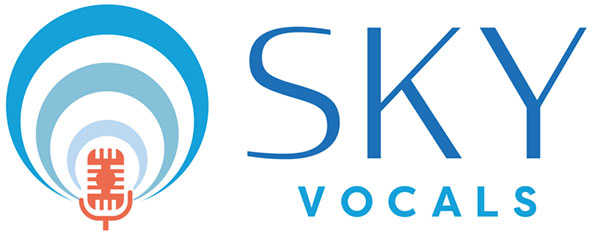The 3 Key Factors to Good Singing

We may not all have Beyoncé’s vocal genetics, but we can all sing in ways that are true to us.
Each of our voice is unique. The shape and size of our vocal folds plays a part in this, so does the measurements of our mouth, throat and nasal cavities. These are the body’s natural resonators, meaning they can help enhance the tone and intensity of the voice. It is when we try to force our voice to sound like others, or when struggling with poor technique, that we do not sound good.
To me, there are only 3 things that a singer control;
- Airflow
- Muscles (resistance on the vocal folds or cord)
- Vowels (shape of the mouth and throat)
When you experience a ‘break’/ ‘crack’ at the transition area or feeling your voice is out of balance, we are always dealing with one or more of these three elements.
A quick rundown on how the voice works
Air is expelled from the lungs and sets the vocal folds into vibration. If there is a little resistance on the vocal folds the air is converted into sound waves. The sound waves then travel up the throat and out of the mouth, to be interpreted as sound by the ears. As the sound wave travels through the throat and mouth (vocal tract) it is affected by the shape and movements of the throat and mouth creating different tones. We refer to the different shapes of the throat and mouth as vowels.


Here is the key – if a singer keeps an even and consistent air flow with minimal amount of resistance on the vocal folds (muscles) and a “centered vowel“, the singer will be able to move smoothly throughout the entire singing range with an even sound, good tone and control. There will be no breaks or unintentional sudden changes in intensity or timbre.
It is about trusting your body and not try to ‘help the sound’ by reaching up or down as the pitches change.
A good vocal coach will be able to also look out for any tension in throat, jaw, tongue or lips and guide you to remove the tension wherever it occurs.
Once you have found your vocal balance, then there will be plenty of time for minor adjustments, fine tuning, adding dynamics and style in your singing and sound great!
*Diagrams illustrated by Ricket Zorkxa



